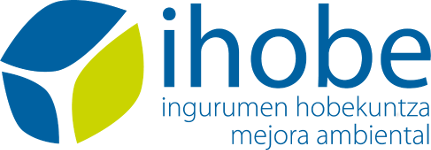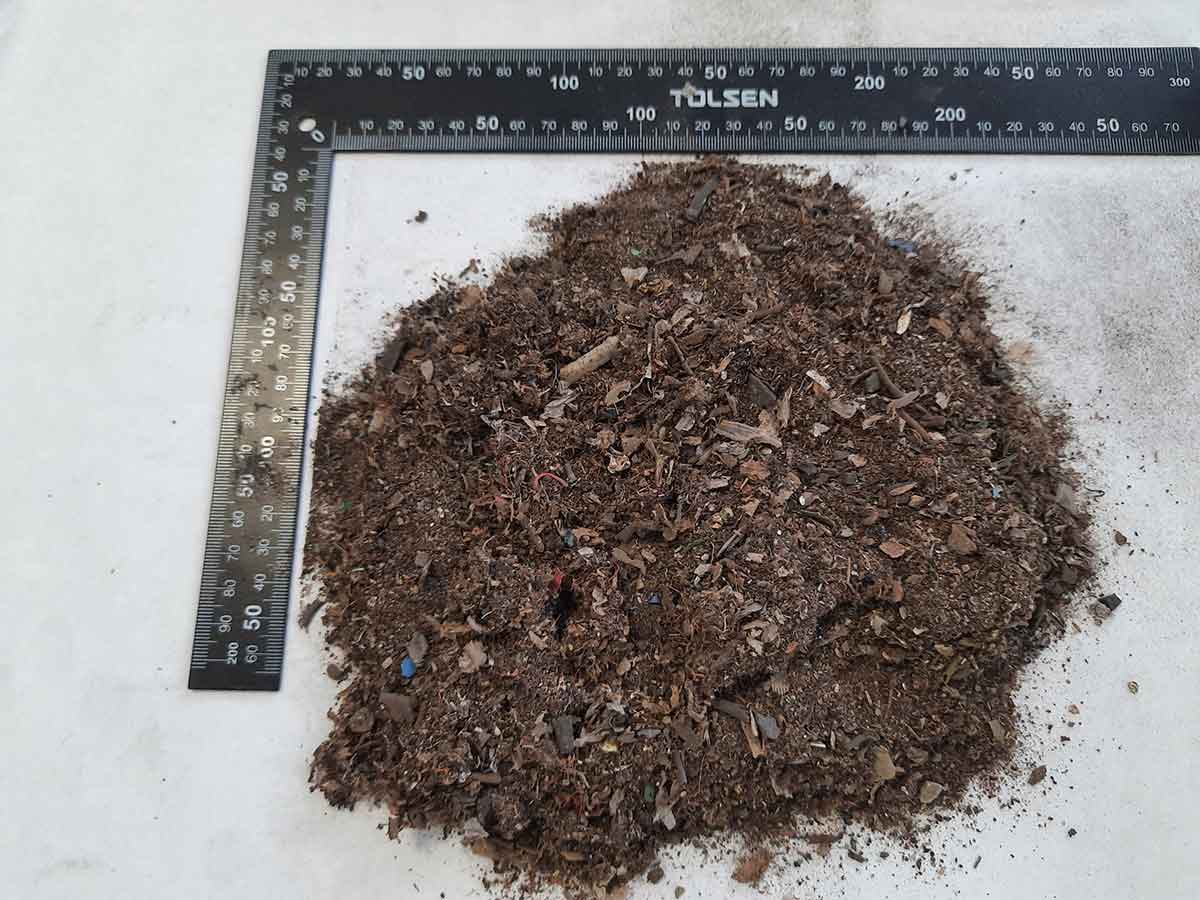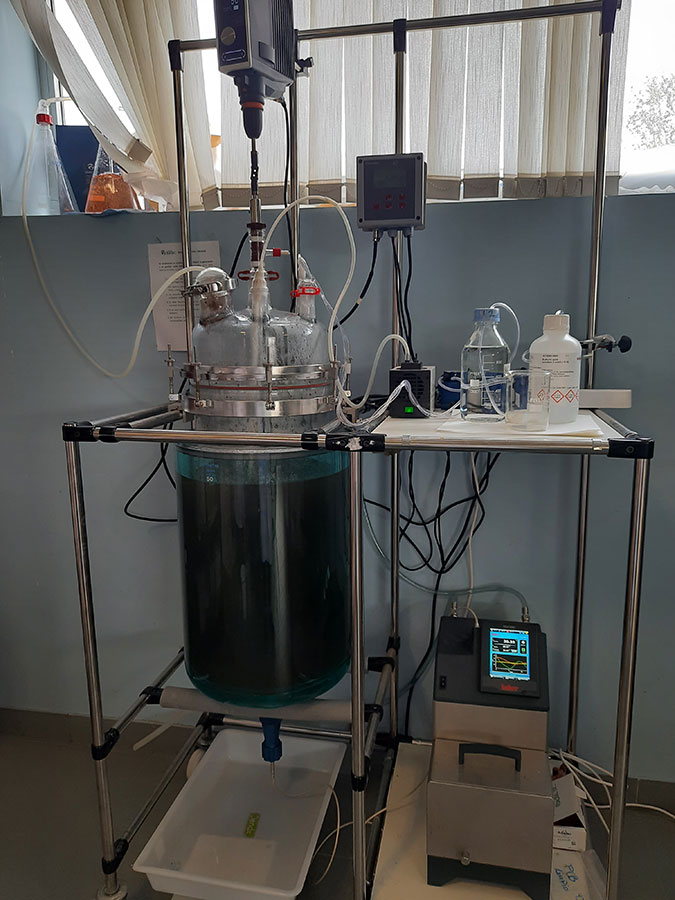BIOFIL
RECOVERY OF METALS BY BIOLEACHING OF SUCTION FILTER WASTE
The waste electrical and electronic equipment (WEEE) recovery and recycling sector has been called upon to investigate and update its recovery processes in order to increase recovery rates and decrease landfill rates. OTUA GROUP companies managed 6% of the total WEEE in the Basque Country in 2018, with a clearly upward trend to reach 10% in 2020 (1,942 tonnes of WEEE). During its management, WEEE generates various waste streams that are difficult to treat, some of which have sufficient metal content to represent a source of strategic metals of high economic value. This is the case of filter dust collected in the suction system at crushing and separation plants of the separated metal streams. However, this waste is difficult to treat due to its fine granulometry and content of organic matter (25%) and inerts (35%). Its significant economic interest comes from its high copper content (10-30%). Different technological options for its treatment have been tried, but no technically satisfactory results have been obtained to date.
There are no known European-scale processes capable of treating fines from the suction systems of the WEEE shredding and separation process, beyond their treatment in large furnaces of waste management refineries, provided that the metal content is high.
REYDESA, part of the Otua Group, is a leading company in the recovery of ferrous and non-ferrous metals that manages a wide range of metal waste. For the BIOFIL project implementation, the company worked with INATEC, the Otua Group's R&D Unit.

 OBJECTIVES
OBJECTIVES
- Seek a local solution for suction filter waste at the OTUA GROUP's own facilities, recovering the metal content of these materials, avoiding dumping or the outflow of critical metals from the Basque Country (mainly copper).
- Find the most suitable pre-treatment to optimise the recovery of metals by bioleaching the waste studied.
- Analyse the laboratory and semi-industrial performance of this technology and optimise the conditions to increase the recovery of target metals.
- Study the technical and economic feasibility of the biotechnological process applied to such waste at an industrial level, defining the best conditions to carry it out.
- Assess the sustainability and circularity of the technologies and processes developed in the project by means of a Life Cycle Analysis (LCA).
 RESULTS
RESULTS
- 80 % effective copper bioleaching in 11 days from suction dust, using bacteria on a semi-industrial scale.
- Effective regeneration of the medium on a laboratory scale for re-use at least once, bioleaching 14 % less copper.
- 82 % of the copper contained in the sample recovered, with a purity greater than 95%, by the proposed bioleaching process and copper recovery by means of iron cementation.
- Savings of 1.55 tonnes of CO2 equivalent emissions per tonne of filter dust treated, compared to its usual treatment by pyrometallurgical method. However, the technology has major impact due to high water consumption and high use of reagents, resulting in worse impacts such as water consumption, ecotoxicity in fresh water or scarcity of mineral resources.
 CONCLUSIONS
CONCLUSIONS
- It is difficult to define the economic viability of BIOFIL in the absence of several tests that would shed light on the need for increased production capacity and reagent savings. Without validation of these tests, the BIOFIL process, which is strongly dependent on the potentially recoverable copper content and requires a high investment in assets, is presented as a non-viable process.
- To reduce the environmental impact of BIOFIL, it is necessary to reduce the consumption of water and reagents, which means optimising reuse and improving operating efficiency.
ENVIRONMENTAL
TECHNICAL
ECONOMIC
COMMERCIAL
ON THE MARKET






